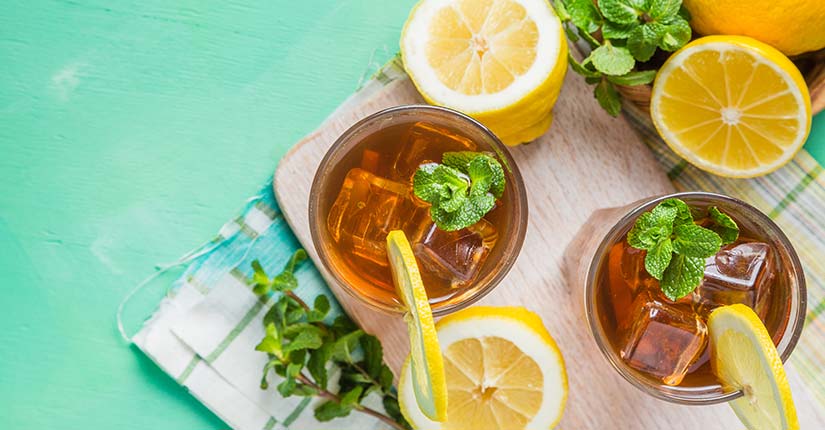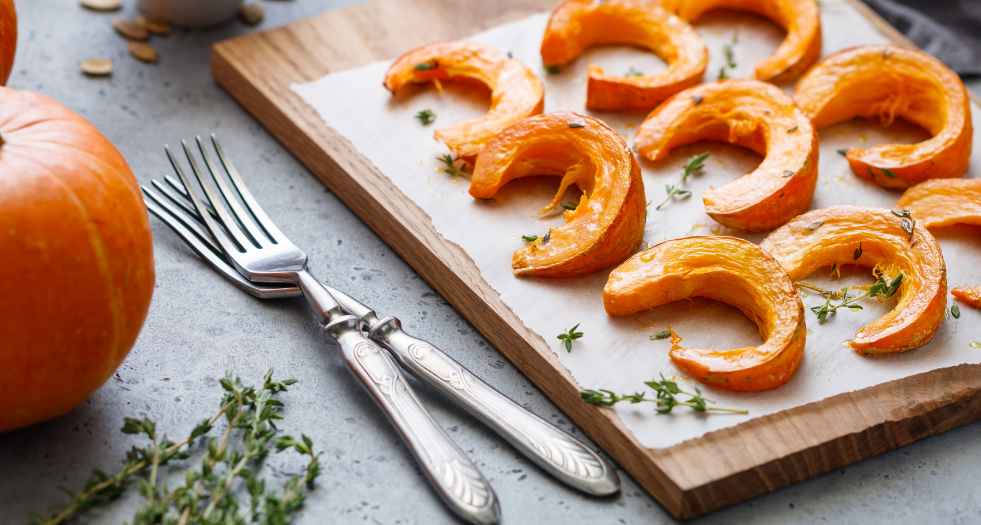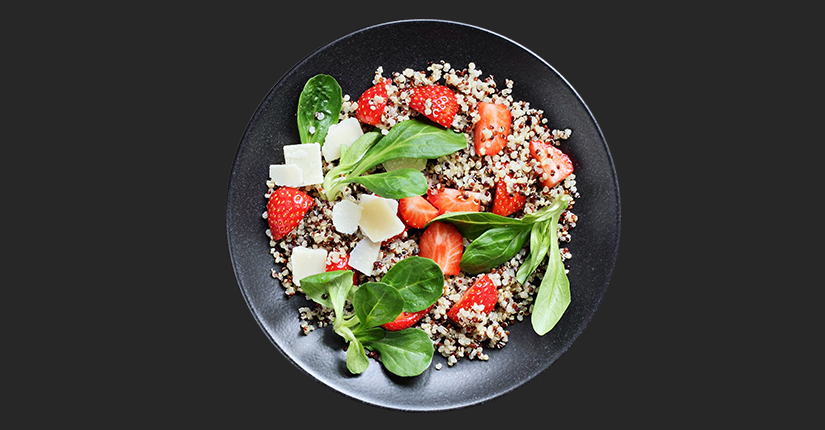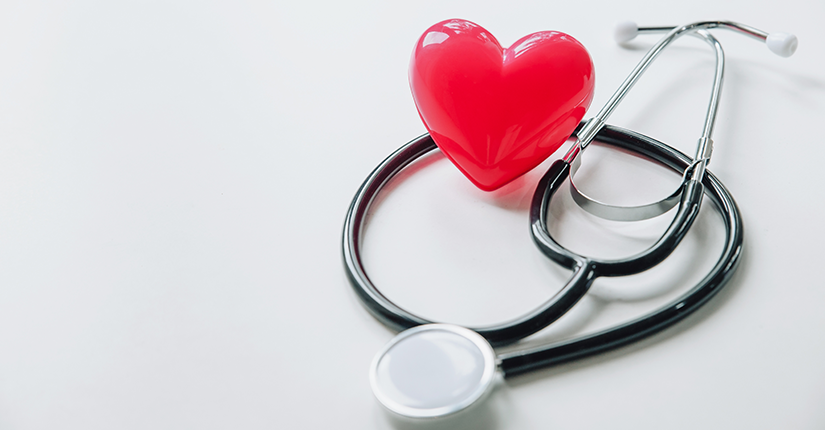7 Dietary Modifications for Preeclampsia
By Nmami Agarwal 04-May 2020 Reading Time: 6 Mins
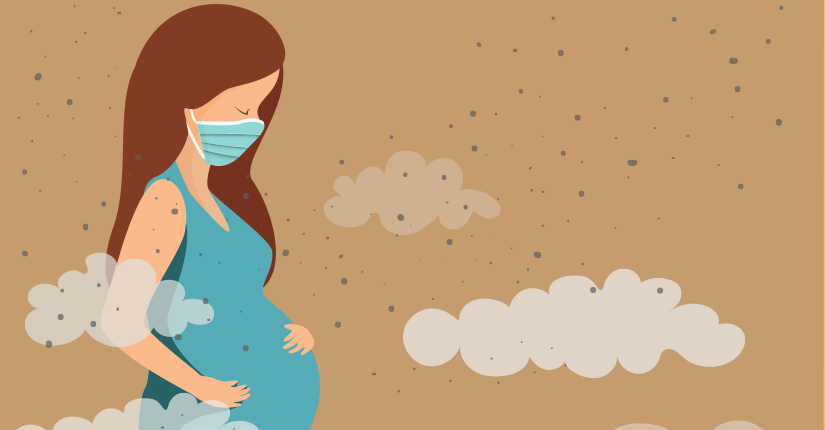
There are various types of hypertensive disorders that occur during pregnancy, preeclampsia is one of them and eclampsia is a severe progression of preeclampsia. With this condition, high blood pressure might also result in seizures. Like preeclampsia, eclampsia can occur during pregnancy or, rarely, after delivery. Generally found to happen after the 20th week of pregnancy, preeclampsia can occur earlier or after delivery as well. It is condition having high blood pressure and possibly protein in your urine during pregnancy or after delivery. It develops low clotting factors (platelets) in your blood or problems related to kidney or liver.
High blood pressure, also known as hypertension, affects around 1 in 10 pregnancies. Preeclampsia is pregnancy-specific condition that resolves with delivery. Women with preeclampsia have increases of triacylglycerols and LDL cholesterol and reduced HDL cholesterol but good that they are reversible.
Causes
There is no single identified cause of preeclampsia but few potential causes include genes, autoimmune disorders or blood vessel problems. Certain factors which might increase the risk of developing the same are as follows:
- Obesity
- Being pregnant with multiple fetuses
- Being over the age of 35
- Being in your early teens
- First time pregnant women
- Genetic history of high blood pressure
- Genetic history of diabetes
- Genetic history of a kidney disorder
Here are a few dietary modifications which you should take care of in case of preeclampsia:
- Adequate energy intake
Since carbohydrates are our primary energy source and choose whole grains when possible. Whole grains are a good source of fiber and are essential. Whole grain breads and cereals, brown rice, pasta, whole wheat tortilla, oatmeal, whole wheat snacks are good options. - Consume enough protein
Proteins build healthy tissue and heal wounds from pregnancy and helps in repair of tissues. It not only keeps you full but maintains healthy blood sugar and provides enough nourishment to the mother. Some protein rich foods are tofu, lean meat, soy, eggs, legumes and pulses. - Replenish your Iron stores
Majority of iron is lost during pregnancy and delivery. It is crucial to replenish your stores for energy. Iron helps in formation of red blood cells. Iron-rich foods with Vitamin C foods helps improve iron absorption. Some sources of iron are beetroot, eggs, beans and more. - Balance out with fluids
Water provides hydration, keeps you energized and can help relieve constipation. Hydration is important for milk production and some of the fluids apart from water are soups, lime water, juices, smoothies, and coconut water. Make sure to have at least 8-12 glasses of fluids every day. - Healthy fats are good
Unsaturated fats (present in oils and peanut butter, nuts and avocado) when substituted for saturated fats lower “bad” LDL cholesterol. Choose unsaturated fats like olive and canola oil in cooking and salad dressings. In a day, using a serving of 2-3 teaspoon/person would be good. - Calcium rich food is a must
Calcium keeps your bones and teeth strong. Vitamin D (also found in some dairy products) helps with calcium absorption. The best source of Vitamin D is the sun, but supplements are alternatives. Few natural sources are milk (cow’s, soy, almond), yogurt, cheese, tofu. - Vitamin C is mandatory for immunity
Sources like broccoli, tomatoes, peppers, oranges, strawberries are rich in Vitamin C. Vitamin C helps your body absorb and use iron more efficiently. Being an antioxidant, it reduces free radical formation and helps boost immunity which is significant for a new mother and her baby.
Over to you
There is no certain definite prevention from this condition and treatment generally includes delivering the baby. Going for regular check-ups with early and consistent prenatal care can help your doctor diagnose preeclampsia sooner and avoid complications.




